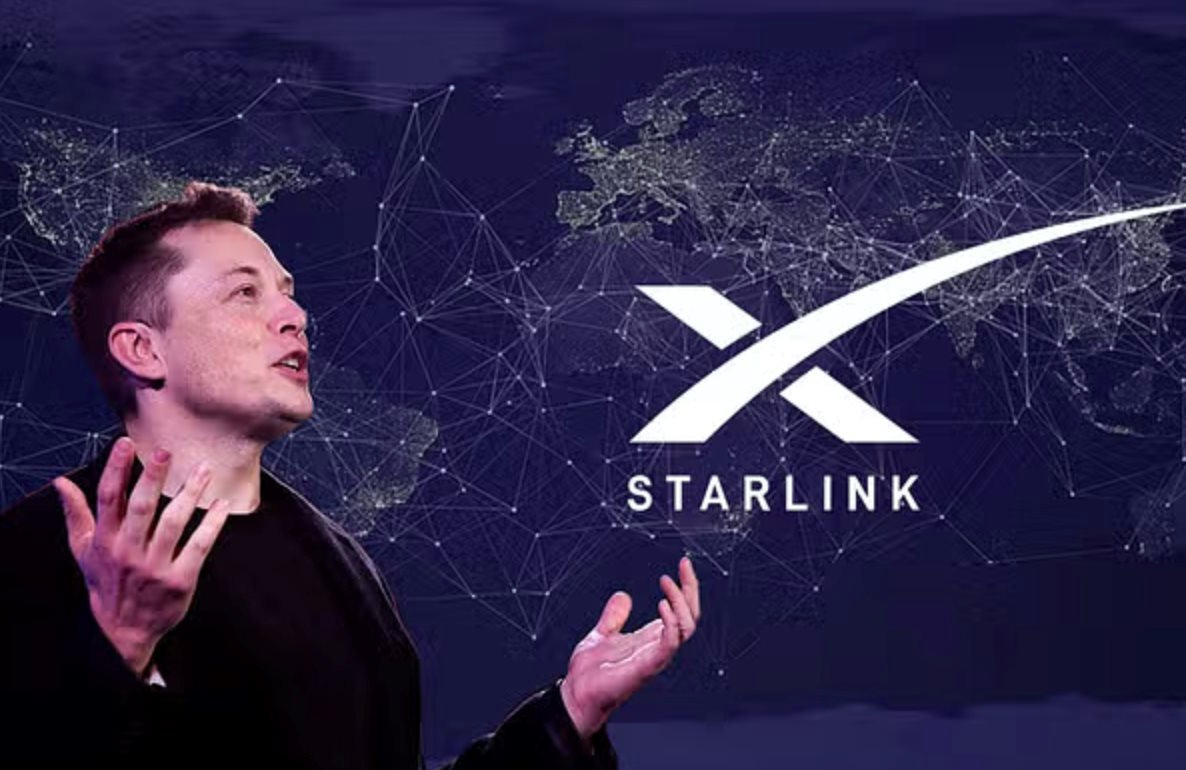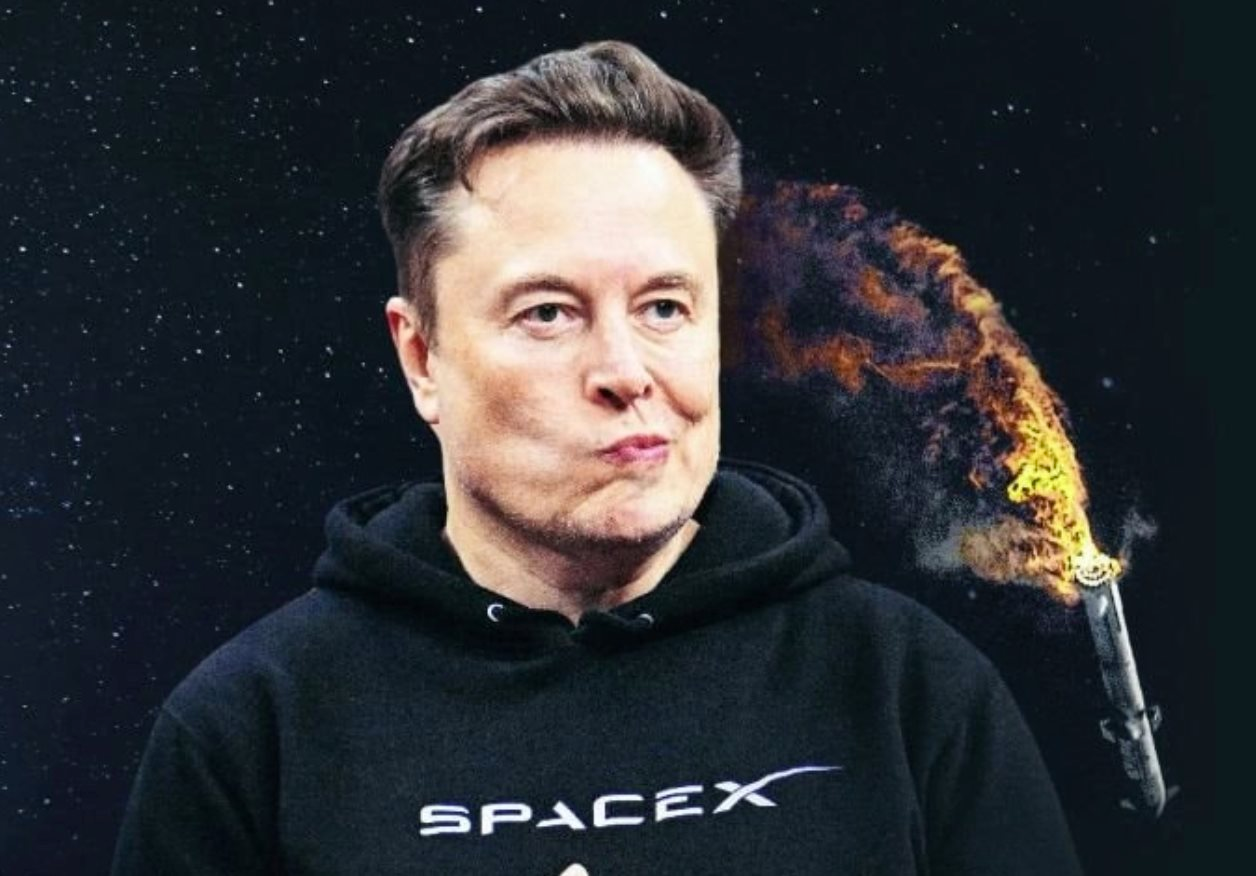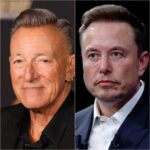Starlink ‘reaps sweet fruit’ after Elon Musk ‘burns’ 10 billion USD: Has launched nearly 10,000 satellites, 2030 profit soon reaches 16 billion USD

After years of effort and several frustrating delays, Amazon’s dream of delivering high-speed internet to the most remote corners of the Earth finally came true last month. On an April evening, a United Launch Alliance Atlas V rocket roared off the launch pad at Cape Canaveral, Florida, carrying the first operational satellites of Project Kuiper, the tech giant’s new broadband network.
In just a few minutes, the rocket reached a speed of more than 6,400 km/h, carrying the 27 Kuiper satellites to an altitude of 450 km above Earth. From there, they will fly into their final orbit at an altitude of 630 km.
The event marks the birth of a new internet service provider – the opening shot in the battle for the future of global connectivity between Amazon founder Jeff Bezos and billionaire Elon Musk, owner of the world’s largest satellite broadband network Starlink, a subsidiary of parent company SpaceX. Now the two tech giants are facing fierce competition from powers like China and the EU in the race to control space infrastructure.
“We are in the midst of a global space race. There will be significant implications for economic opportunity, connectivity and national security,” said Brendan Carr, chairman of the US regulator the Federal Communications Commission (FCC).
The race is on in low Earth orbit (LEO), up to 2,000km above Earth. Ten years ago, it was the preserve of Earth-observation, scientific and military satellites, with around 1,300 active spacecraft in orbit. Today, thanks to SpaceX’s reusable Falcon rockets, there are more than 11,000 active satellites, supporting everything from weather monitoring to broadband.
Experts predict that the number of satellites in LEO will grow to 100,000 in the next decade as companies, governments and the military rapidly exploit the potential of the new space frontier. It is the world’s intense need for connectivity that is driving the boom in the LEO market.
Because they are closer to Earth, LEO systems offer lower latency—the time it takes for a signal to travel from Earth to the satellite and back—than geostationary satellites. Project Kuiper is just one of many competing for a share of this expanding business.
Several companies, including Eutelsat’s OneWeb, the world’s second-largest operating LEO network, are looking to serve government and corporate markets. Canada’s Telesat is developing Lightspeed, while others are proposing separate constellations to connect mobile phones in hard-to-reach areas. At least two systems are being developed by China — Guowang and SpaceSail.

So far, Musk’s Starlink has dominated. Since 2019, Musk has launched more than 8,417 satellites—39% of all satellites launched since Sputnik, the first artificial satellite put into orbit. Starlink has about 7,300 active satellites orbiting Earth, according to astrophysicist Jonathan McDowell, which represents nearly two-thirds of all active spacecraft.
Starlink’s success stems from SpaceX’s unique in-house capabilities: low-cost, frequent Falcon 9 launches; a manufacturing facility that produces more than eight satellites a day, according to consulting firm Quilty Space.
“Starlink has both the production line and the launcher. That’s their superpower,” said Patricia Cooper, founder of Constellation Advisory.
The result of Starlink’s speed and innovation is a system that even competitors struggle to find fault with.
“It’s a good network and it will get better over time,” said Telesat CEO Dan Goldberg.
Starlink currently provides low-latency broadband to more than 5 million customers in 125 countries; it is expected to generate $12 billion in revenue and $2 billion in free cash flow. Eventually, the company aims to launch more than 40,000 satellites.
The challenge for competitors is enormous. Amazon would need to spend $16 billion to $20 billion to build Kuiper, Quilty estimates. The fact that the satellites need to be replaced every five to seven years adds to the economic pressure.
“There will be a price war,” said one expert. “Elon Musk has never really cared about economic profit.”
Bright expectations for Starlink are one of the main reasons investors are eager to pump money into SpaceX, which is expected to be valued at $350 billion in December 2024 after a private share sale, making it the world’s most valuable private company.
That valuation has remained largely stable in the secondary market this year, even as shares of Musk’s electric carmaker Tesla plummeted 55% from their record high amid falling sales. Crowds have grown increasingly angry about Musk’s role in President Donald Trump’s administration.
With Starlink, SpaceX is looking to gain a piece of a market worth more than $1 trillion a year. The company has rapidly built a network of 7,100 satellites in low Earth orbit—62% of all active spacecraft orbiting the planet, according to Jonathan McDowell, a space observer at Harvard. It also makes money by providing internet access to planes and ships, and it sells a military version called Starshield.
Starlink is competing with companies like AST SpaceMobile and Globalstar to provide emergency mobile phone service in remote areas. The company’s biggest opportunity so far is high-speed residential internet access — a market that research firm Quilty Space expects to account for 63% of Starlink’s revenue this year.
SpaceX doesn’t share financial information, but Chris Quilty, founder of Quilty Space, estimates the company is on track to grow revenue 58% by 2025 to $12.3 billion.
“Those are staggering numbers,” he told Forbes.
Morgan Stanley analysts, led by longtime Tesla bull Adam Jonas, believe bigger gains are ahead. They predict that SpaceX will generate $65 billion in revenue and $16 billion in net income by 2030, with Starlink accounting for 72% and 82%, respectively. They also argue that SpaceX’s growth prospects through 2026 could justify a valuation of up to double its current $350 billion.
Pricing is key for SpaceX because the cost of building and launching satellites is high. President Gwynne Shotwell said last year that the company has spent more than $10 billion on Starlink so far. The terminals that users must buy to receive the service cost between $350 and $600.
News
Kane Brown shares the results he got after deciding to give up some bad habits!
Kane Brown Quits Tobacco and Alcohol, Drops Over 24 Pounds in Remarkable Health Transformation “Once I realized how tough it…
Lainey Wilson feels like she has “Impostor Syndrome” where the devil always has a way of showing up, wielding his little stick, and stirring things up”
Country Star Lainey Wilson Makes Bold Admission About Her Career: ‘The Devil Has a Way of Coming In’ Lainey Wilson should…
Jelly Roll is seen as a ‘criminal’ during the tour in Australia.
Country music star said he was profiled, says he was looked at like criminal ADELAIDE, AUSTRALIA – OCTOBER 26: Jelly…
Whoopi Goldberg says Carrie Underwood was ‘wrong from the start’ singing at Donald Trump’s inauguration earned her more ‘hate’
Did she make a hasty decision? In a recent discussion, Whoopi Goldberg, the renowned actress, comedian, and co-host of *The…
Behind the ‘Glamorous’ Appearance: Paige Spiranac Chokes Back Tears as She Opens Up on the Dark Reality of Being an Influencer.
Paige Spiranac Chokes Back Tears as She Opens Up on the Dark Reality of Being an Influencer Paige Spiranac’s Internet…
Hailey Bieber wants to…’expand the family’
Justin and Hailey Bieber Taking a ‘When It Happens, It Happens’ Approach to Expanding Their Family Getty Images | Hailey…
End of content
No more pages to load












